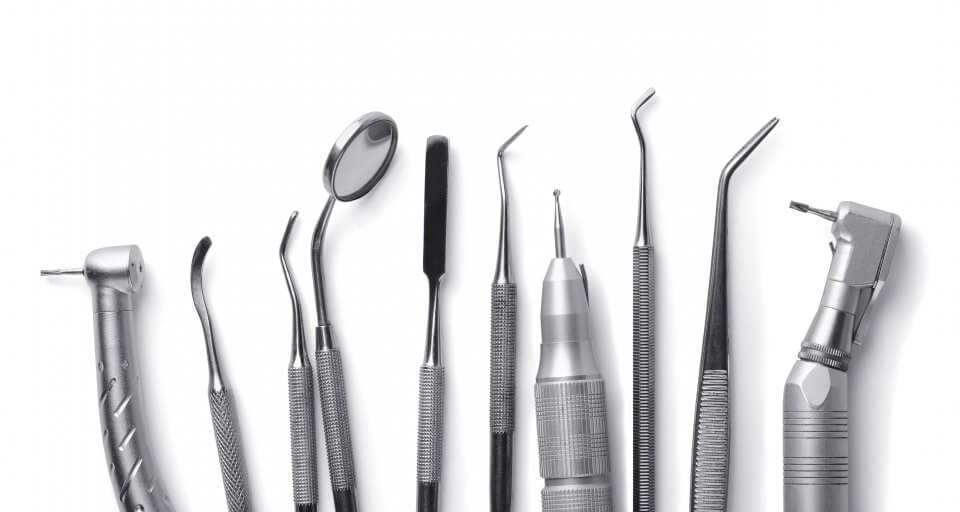If you’re looking for the holy grail of dental insurance, as in a dental policy that will pay for virtually any and all of your dental work, we have some news for you both good and bad. The bad news is that dental insurance that covers everything doesn’t exist. Sorry. The good news is that there is a dental insurance option that’s close to it. Yay. We’ll talk about the dental insurance that comes close to covering everything, as well as some other popular dental coverage options so that you can see how it compares.
What is fee-for-service dental insurance?
Fee-for-service dental plans, also known as indemnity dental plans or traditional dental plans give you freedom to see any licensed dentist that you want without any financial penalty.You can see who you want and still be covered. This is an appealing option if you want to stay with your current dentist, if you relocate or move frequently or if your other dental coverage options don’t have conveniently located in-network dentists.
How does fee-for-service dental insurance work?
This freedom of choice comes at a higher price. Fee-for-service dental insurance has higher monthly premiums than any other type of dental coverage. But just like a dental PPO, fee-for-service dental insurance also has a waiting period, deductible, annual maximum and coinsurance, although there are some differences.
For example, your deductible on a dental PPO might be $50 but on a fee-for-service dental plan it might be $100. This is the amount you must pay out-of-pocket during a specific benefit period before your plan’s benefits kick in. Your annual maximum on a dental PPO might be $1,000 or $1,500 but on a fee-for-service dental plan, it might be as high as $2,500 or $3,500. This is the total amount that your dental plan will pay during a specific benefit period.
Let’s say you’ve satisfied the waiting period, met your deductible and need to have a tooth filled. Most fee-for-service dental plans offer 100-80-50 coverage. This means they cover preventative and diagnostic dental care at 100%, basic dental care at 80% and major dental care at 50%. Under a fee-for-service plan, you would expect that a filling, which is a basic dental procedure, to be covered at 80%. However, this is where it can get tricky.
If your dental insurance provider says the customary fee for a filling is $100 but your dentist charges $150, your dental insurance provider is still only going to pay 80% of the $100 or $80. This means you are responsible for paying the $70 difference.
This is because, under a fee-for-service dental plan, dentists are not contracted with the dental insurance company. The dentist is allowed to set their own fees.
If you had a dental PPO, using the scenario above your dental insurance company would pay $80 and you would pay $20. The remainder is written off as a loss. Evelyn Ireland, executive director of the National Association of Dental Plans, says, “That’s the advantage of any plan with a network — there’s a negotiated discount. You’re paying based on the discounted rate. The doctor can’t bill you for the difference.”
Unless other arrangements have been made, under a fee-for-service plan you are required to pay the full amount at the time of service. Your dental insurance provider will reimburse you for its portion.
How does fee-for-service dental insurance compare?
Now that you have an understanding of how fee-for-service dental insurance works, let’s take a quick look at how it stacks up to two other popular dental coverage options.
Dental HMO
- Lower monthly premium than a dental PPOand fee-for-service dental plan
- Requires you to elect a primary care dentist (you can only see an in-network dentist)
- Must be referred by your primary care dentist before seeing a specialist
- No waiting period
- No deductible
- No annual maximum
- Pay a negotiated fixed flat rate for dental procedures known as copay
What’s a dental PPO?
- Higher monthly premium than a dental HMO but lower than a fee-for-service dental plan
- Freedom to visit an in-network or out-of-network dentist
- No referral required to see a specialist
- Has a waiting period
- Has a deductible
- Has an annual maximum
- 100-80-50 coinsurance kicks in once deductible is met
What is a dental savings plan?
There’s one last option that’s not dental insurance at all. A Cigna dental savings plan is a membership that gives you access to a network of more than 100,000 dental professionals nationwide. Once you’re a member, you can enjoy discounts between 10% and 60% off the cost of most dental procedures — including those that traditional dental insurance doesn’t cover.
Here’s how it stacks up:
- Annual membership fees starts at around $100
- Freedom to visit any dentist in-network
- No referral required to see a specialist
- No waiting period
- No deductible
- No annual maximum
- Pay out-of-pocket for dental work done
Keep in mind that a dental savings plan can be used to supplement your dental care costs, even if you have dental insurance. Talk to your dentist and/or insurance provider about how you can best use a Cigna dental savings plan in conjunction with insurance.
Choosing the best dental care
There’s a lot of overlap between some of the dental coverage options we discussed. Choosing the best dental care plan really comes down to what makes the most sense for you from a health and financial perspective. As long as you’re getting the oral care you need to maintain a healthy smile, you can’t go wrong.







